Continuing the ongoing series of interviews with creative artists working on various aspects of movie and TV productions, it is my pleasure to welcome Logan Floyd. In this interview, he talks about his lifelong interest in capturing images, the transition of the industry from film to digital, keeping up with the technological advancements, and working on indie productions. In between all these and more, Logan talks about his work on the wonderfully crafted “Poser”, a story of a young woman obsessed with becoming an artist despite not quite knowing how to get there.
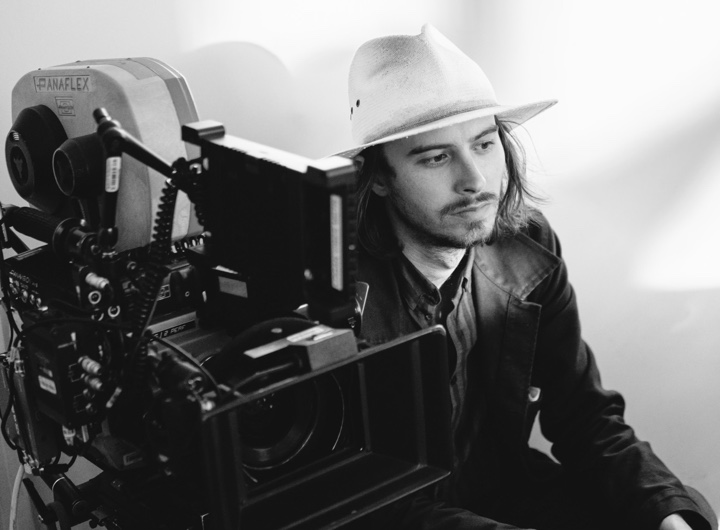
Kirill: Please tell us about yourself and the path that took you to where you are today.
Logan: I come from an artistic family. My mother is an impressionist painter and my father is architect, and both have a strong passion for the arts in general, be it photography, theater or fine art.
When I was really young and we would go on trips – whether it was a family trip getting in the car and driving 30 minutes, or getting on an airplane and going to another country – my mother would give me a disposable camera. Early on I didn’t understand how paramount that interaction was between her and me when she would hand me that camera. I just immediately took it, started to look through the little viewfinder, and started to see the world. I would look at what I was walking through, wherever that situation brought me to.
When you’re young and you’re traveling, you don’t really understand that this is going to be a trip that you might remember for years to come and appreciate. So I would just start snapping photos, and I quickly found out that the faster you start to take those photos, the faster you run out of chances to continue to take photos – because you only have so many exposures that you can use with one disposable camera. So I found that out very quickly, and then started to be more meticulous with how I was photographing my surroundings. Mind you, this was elementary ways of looking at the world at that time, but there was an honesty to it that I found exciting.
I was just walking around with my family, and I was being able to find things that were interesting and not having to discuss them around other people and just enjoy them for myself. I feel like I was creating a connection with wherever I was in that time. All this of course, I feel looking back on this later in life with a little bit more understanding, and breaking this down in a philosophical way. That was the big thing that got me interested in photography. I captured these trips that my family would take me on, and I would start capturing things around the house.
My mom has a strong connection to color, and my father also has a strong sense of design. Hearing their conversations as I would sit by them, or maybe sitting at the dinner table talking about our day and they would be describing what they were looking at – I was so fascinated by that. I didn’t really have the understanding that they did with the world, and with everything that they have accumulated up to that point professionally, as well as in a sense of being and being human and feeling like they wanted to explore and discover new things.
Eventually what started to happen was I would hear what they were discussing in the moment, and then look at what they were looking at, and try to understand how they could be speaking. I didn’t really ask many questions as a kid. I have an older sister, and the dynamic of having an older sibling is that you may be overshadowed by them, especially in a social setting – so I found myself being an observer. I would sit quietly and just look at what was around me. It became a mixture of having being introduced to these tools and the idea of a still image frame, and then also being really comfortable just being a fly on the wall. That’s when I started to put together a feeling for which I thought things around me had meaning. Those were the early-early years.
Before I went to college, I thought I was going be an anthropologist. I was interested in cultures and seeing how different people lived all over the world. I also had a strong connection to industrial design. I loved inventing these Rube Goldberg mechanical things, taking things apart and then putting it back together, seeing how it was working. I’m also a big sailor and I would use my fascination with mechanical objects with how I connected to the world. Not only I was interested with the beauty side of the world, but also with how you get there. That’s where sailing is connected. I grew up on the water, and I enjoy getting out on the water and becoming connected with the wind and with the elements of weather.
All of that together created this perfect storm of filmmaking. Right before I went to my undergraduate program, my mom asked me to be the cinematographer for a documentary that she was shooting. She trusted me to be gentle with the subject matter and to be sensitive to the people that we were going to be working with, and the spaces that we were going to go into. She brought me along and that was my first real professional setting where I started to think about it from the story perspective. Before that I was shooting films with my friends and I was doing little art pieces with myself. I would walk around various parts of the neighborhood that I grew up, and I was interested in light, composition, and movement. But I never really put it all together in a story.
So having this chance to shoot this documentary, I realized that this was everything that I enjoyed. I loved the spur of the moment, the reactive nature that you had to embody, and also being fluent in the technical aspects to make whatever moment you’re capturing possible without getting in the way of that moment. Documentary filmmaking is so intuitive and gentle, and it’s an amazing feeling to be thrown into a space, and have to keep your composure and your knowledge, but then also react. I found that really enjoyable.
Once I went through undergrad, I started seeing this field as a family. You have all these different family members that you work with, and everybody has their own skill, and then you come together and create this piece. I didn’t know that before going into undergrad. While I was there, I found out that I could just fall into the camera side of the process as well as work with lighting. That’s what being the cinematographer is. It encompasses these two areas. You can paint with light, and you can use specific camera techniques to capture that light and to capture that space that you’re in.
Watching that whole process evolve from that first moment I was handed that disposable camera hasn’t been super clear, and I didn’t really realize that this was something that someone could devote their whole life to. And it’s been an amazing experience to then realize that you’re an explorer, you’re an inventor, you’re an anthropologist, you’re an artist – all in one. And you’re also protecting the art of storytelling. We have so many stories to tell, and this is such an exciting time. There’s more chances for us to go into these places that weren’t ever accessible before.
With the tools we now have, we can go there and capture these stories and share those with the world. It’s going to be this everlasting, never-ending progression. It’s exciting to know that I’ve gotten to this point, but also to know that this whole learning process is never going to end, and to continue to grow.
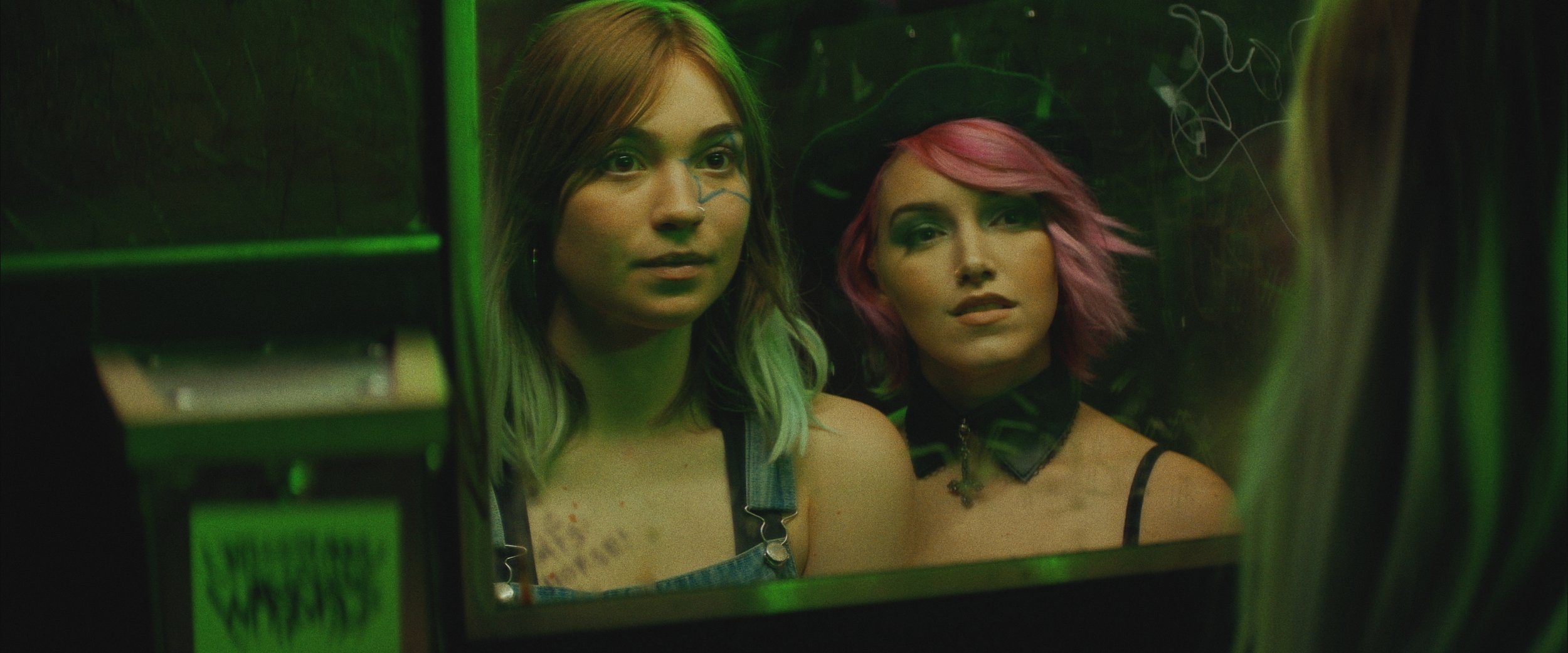
Continue reading »
Irreverent, at times depraved, and always provocative, “The Boys” is a masterful exercise in social, political and pop culture satire that does not shy away from shining a light at the darkest corners of the present-day discourses are galvanizing our society. Continuing the ongoing series of interviews with creative artists working on various aspects of movie and TV productions, it is my delight to welcome Jeff Mossa. In this interview, he talks about balancing the art and the craft in the field of visual storytelling, breaking away from the constraints of traditional television in the ever-evolving world of episodic and streaming productions, and the impact the global pandemic has had on the industry. In between all these and more, Jeff talks about his work on the third season of “The Boys”.
 Kirill: Please tell us about yourself and the path that took you to where you are today.
Kirill: Please tell us about yourself and the path that took you to where you are today.
Jeff: When I was in elementary school and middle School watching “Star Wars” and eventually “Raiders of the Lost Ark”, I was fascinated by all of the visuals and the special effects. Back then we only had three channels of television, and they would occasionally have these primetime specials where they would show you behind-the-scenes or the making-of whatever it was, and I had watched a primetime special that was concentrating mostly on Industrial Light & Magic. They were covering some of their work for “Star Wars” movies as Indiana Jones and probably “Close Encounters of the Third Kind”, and I was glued to it.
I always had a talent for drawing and art, so I was drawing “Star Wars” characters and all that sort of stuff. I was fascinated by Indiana Jones, and wanted to be Indiana Jones – but of course I’m not a swashbuckling archaeologist. I remember watching this one particular episode and I said to my mom at the end of it that I would love to do that. IL&M at the time was all about miniatures, things like AT-ATs for “The Empire Strikes Back”. I grew up in central Massachusetts in the middle of a very small town. We didn’t even go to Boston very often, even though that was a relatively close city, so my childhood was pretty sheltered. When I said to my mom that I would love to do that sort of thing, it didn’t occur to me that it would even be an option to consider pursuing that industry.
When my mom heard that, she said “Why don’t you?” I probably said something along the lines that I wouldn’t even know where to start, and she said “Well, somebody’s going to do it” and I’ll never forget that. I was in 7th grade at the time, and that’s where my path has started. My brother is four years older than me, and he was a high schooler at the time. He was a dancer at a variety show that they put on at the all-boys Catholic school. They didn’t have a drama club or anything like that, but they would put on a Spring Spectacular every year. I’d go watch my brother and he’d dance, and then the lights would go down and all these guys come out, and they were in black t-shirts and black pants and they’re moving stuff around in the dark.
That’s what I was fascinated with – watching them move the stuff around in the dark. Eventually I went to that same high school he went to and then I became part of that stage crew. I worked on that stage crew for four years, eventually designing all the sets for those shows, knowing that what I wanted to ultimately do was work in a film. I had a guidance counselor there when it was time for us to start applying to colleges, but I didn’t know him that well. He knew that I had designed the sets, and one day in the hallway he asked me which school I was applying to.
He asked me about Boston University and I said that it wasn’t on my list. And then he told me that they had a great theater program and that I should apply, so I did. I got accepted into their conservatory-style theater design program. Now theater wasn’t where I wanted to go, but there’s not really a lot of great undergraduate design programs for film or television, so I ended up going to Boston University.
It was a very competitive program. We started as a group of about 22 designers, and by the end of four years there was four of us who graduated. It was an intensive program, and it was very good for me. I came out of there with a lot of skills. It was the first time that I had had any sort of formal artistic training or teaching. I was doing theater shows and I enjoyed doing the theater, but I still was focused on doing film and television.
So when I graduated, I packed my car and I drove across the country to Los Angeles. I knew nobody there and I had nowhere to stay, so I stayed in a youth hostel for a couple weeks. I never wavered on what I wanted to do, and I ended up getting a job at the UCLA Theater Department as a painter, which eventually introduced me to some graduate students who were working there. They were my age, they were in the film program there and they were assisting designers, and I ended up working with them assisting designers – and the rest is history.
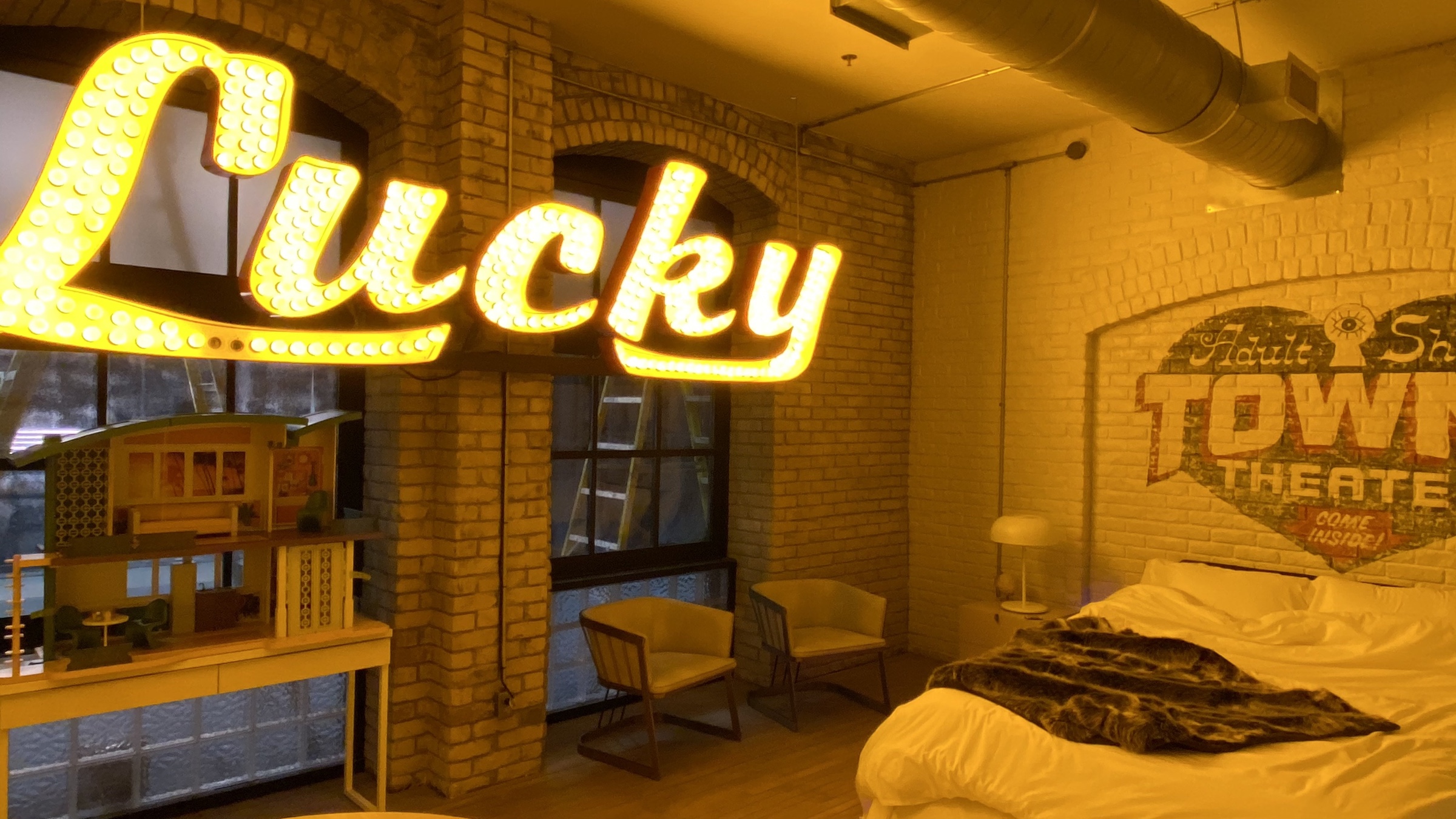
On the sets of the third season of “The Boys”, courtesy of Jeff Mossa.
Kirill: How has the transition of the industry from film to digital been for you?
Jeff: I graduated in the early ’90s, and the first show that I did that was digital was about 16 years ago. At the time we were still doing a lot of film, so I did that and then we went back to film. I would say really it’s only in the past 10 years that it’s been almost all digital.
I don’t know that digital has really affected what we do in the design world that much. I started working in features largely for the first 10 years, and there was one thing that was impressed upon me very early. If you’re in a movie theater and you’re standing in front of a 40-foot or a 70-foot wide screen, at some point you know they’re going to do an insert. You know somebody’s going to be dialing a phone and we’re going to do a shot of that, and then it’s going to be on the screen. That phone is going to be eight feet tall on the screen – which is very much the opposite of what I would do in theater. When I was in theater in college, your audience is 30-50 feet away. You are making things more contrasty, more loose, less precise on purpose because they can’t see the details, and so you have to do broader strokes.
When I started doing films, it became very micro at times. This was before digital was a thing, but I think because I had that training initially, that part of it hasn’t really changed for me.
What has changed dramatically is the ability to shoot in low light, the ability to light sets with practical fixtures more so than movie lights. I’d say this is particularly true in the last 7-8 years that I have a little bit more hand and a little bit more influence in how the sets are lit. I do a lot of built-in lighting into sets, and so I end up working a little more closely with the director of photography and the gaffer then I might have prior to the digital age. Back then they had to use a lot more high-powered lights to expose the film. We would put a practical lamp on stage and then they would support it with a light off stage. They still do that sometimes, but now they can actually use the practical lamp that we put in there as their main source of light. That’s probably the biggest change for me.
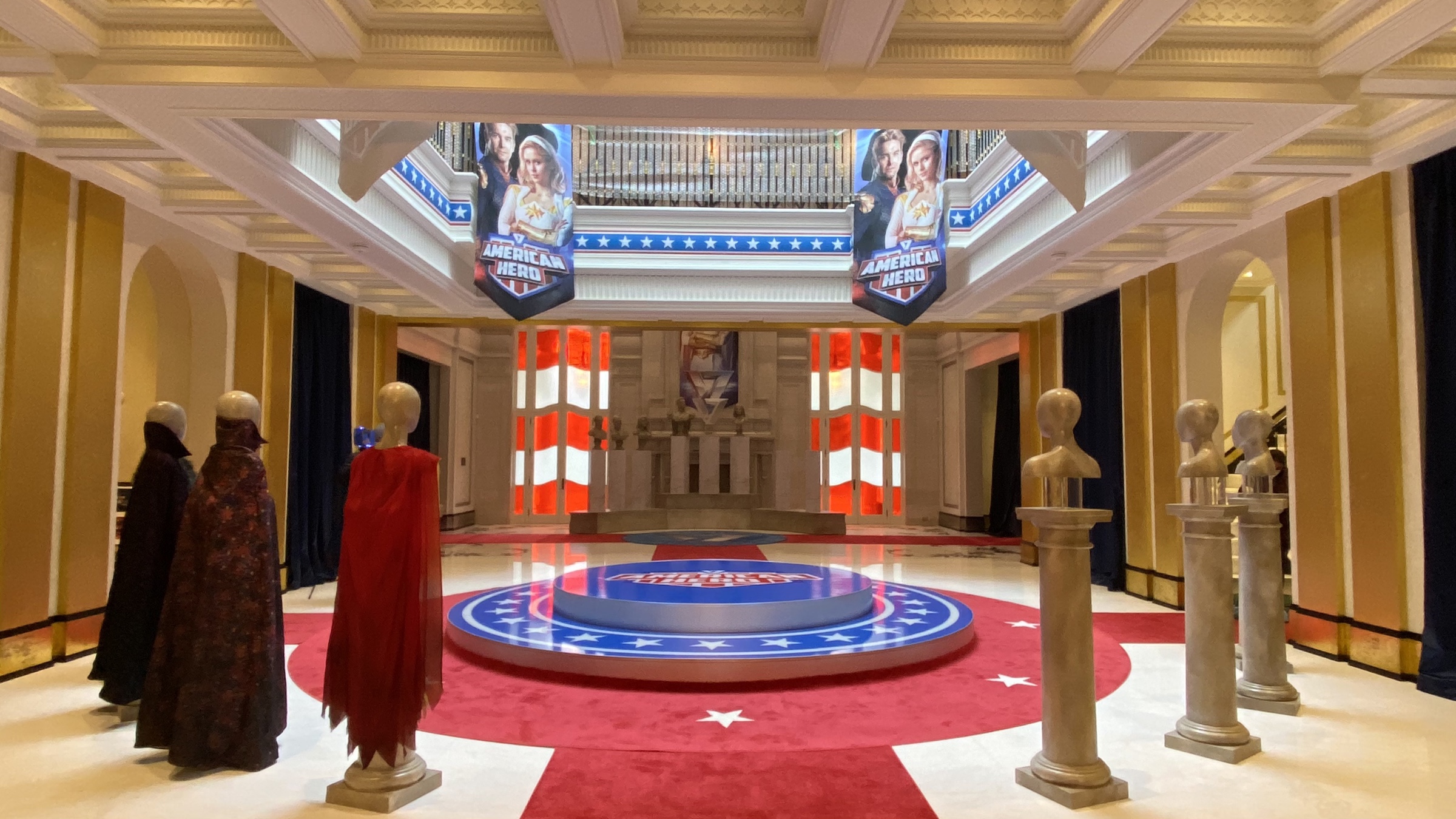
On the sets of the third season of “The Boys”, courtesy of Jeff Mossa.
Continue reading »
Continuing the ongoing series of interviews with creative artists working on various aspects of movie and TV productions, it is my pleasure to welcome Mara Lepere-Schloop. In this interview, she talks about her background in architecture and the transition to the world of visual storytelling, research for period stories, the increasing level of expectations from episodic productions, and finding ways to detach one’s own political and social views from the needs of each story. In between all these and more, Mara talks about her work on the magnificent first season of “The Alienist” and the recently released “Pachinko”, and dives deep into creating the worlds of “Mrs. America”.
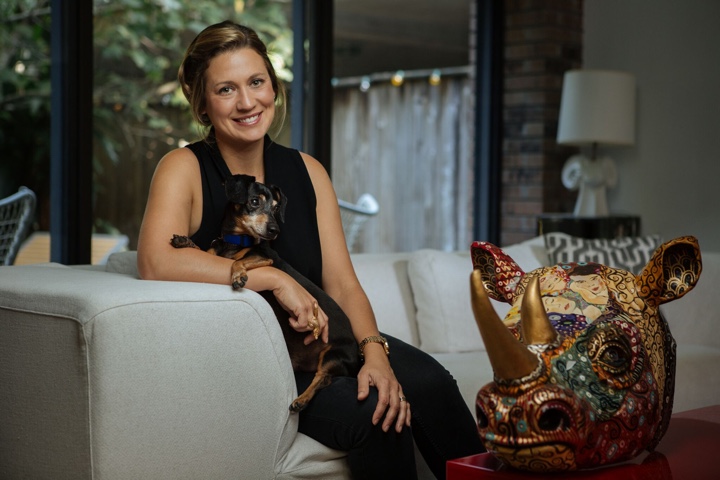
Kirill: Please tell us about yourself and the path that took you to where you are today.
Mara: It was theater for me. I was in first or second grade the first time I went to see any theater. I went to see “The Magic Flute” and I remember more than anything, being mesmerized by the scenery, by the fact that they had created a space and the mechanics of how that was being operated. I thought that aspect of it was just the most magical thing, which is not the typical takeaway. I couldn’t tell you anything about the performance that happened that day, but I remember watching the set changes, and the curtain going up and down, and thinking it was just such a cool thing.
I grew up in Detroit, Michigan and I went to public school there. When I was in the fifth grade, a theater group called, Mosaic Youth Theater of Detroit, came on a touring production to our school, and they had a technical component to it. It wasn’t just kids performing, it was also kids designing the sets and operating them. And that was it. That was the thing that I wanted to do. So I joined that program from the age of 11 and was involved off and on until I was 18. It was basically an apprenticeship program where they taught us every aspect of the technical trades – lighting, sound design, set design. We even built all of the sets ourselves. Once I had been introduced to this world, I couldn’t imagine ever wanting to do anything different.
My father is an engineer and my mother is an educator, and they challenged me to not go directly into set design for education, to try something else, whether it was engineering or architecture. So I ended up going to school to get my masters in architecture. If you look at design in general, there’s a lot of overlap in thinking between set design and architecture.
I graduated with my master’s from Tulane University in New Orleans, and I was working as an architect, and also designing and building furniture when Hurricane Katrina hit. It was one of those things that altered so many people’s lives in so many ways, and there were a lot of ways that it affected me personally. In terms of a career, the firm that I was working for was then contracted by FEMA to do door-to-door inspections to survey the viability of housing and to track the impact of the hurricane. We did this every day for several months. As you can imagine, it was fairly depressing, and eventually I needed to change something.
I left the firm, and the day that I finished working, I randomly got a call from a friend of a friend about a film opportunity. Going back to the architecture school days, I had made a documentary about the American perspective of architecture through the lens of home improvement reality television. I was curious about this transitory, temporal concept of design and its impact on American culture. In so many other countries, architecture and design are careers that are very much respected and appreciated, while in the United States design is treated in a superficial way. I was very interested in how this new phenomenon of home improvement reality television was impacting how people thought about architecture.
So I went around the country interviewing people who have been peripherally involved in these shows, as well as people on the street about architecture. I made this as a stand-alone exercise, and I never thought that I’d go into filmmaking. It just was the medium through which I wanted to document this conversation. So flash forward and this friend of a friend had seen it, and he had written a screenplay about insurance companies after hurricanes checking in on houses. He knew that I had just had this experience working for the firm going door-to-door and he had dug the documentary, and he asked if I wanted to art direct this movie.
I had nothing else lined up. I didn’t know what I was going to be doing, so I decided that it will be this one-time thing over the summer, and then I’ll really figure out what I’m going to do with my life [laughs]. That was about 20 years ago, and I haven’t stopped working in film since then. It was a non-traditional path into things – word of mouth, one thing after the other – and I went from art directing and then set designing, art directing again, and then finally to production design. There are still times where I think it’s just a temporary thing. I think that I’m still going to go back to architecture or theater which was my first love, but there’s something addictive about film and television, and the adrenaline.
You work intensely for a relatively short amount of time compared to other careers with a small intense group of people, and you create this thing together and it’s magical. It’s a miracle that anything is ever good [laughs] with so many people that have their fingerprints on the product. I can’t think of any other medium of art where you get to collaborate with so many incredible people and produce something in such a short amount of time. It’s really on the backs of so many that it has the chance of being good or not. It’s pretty incredible.
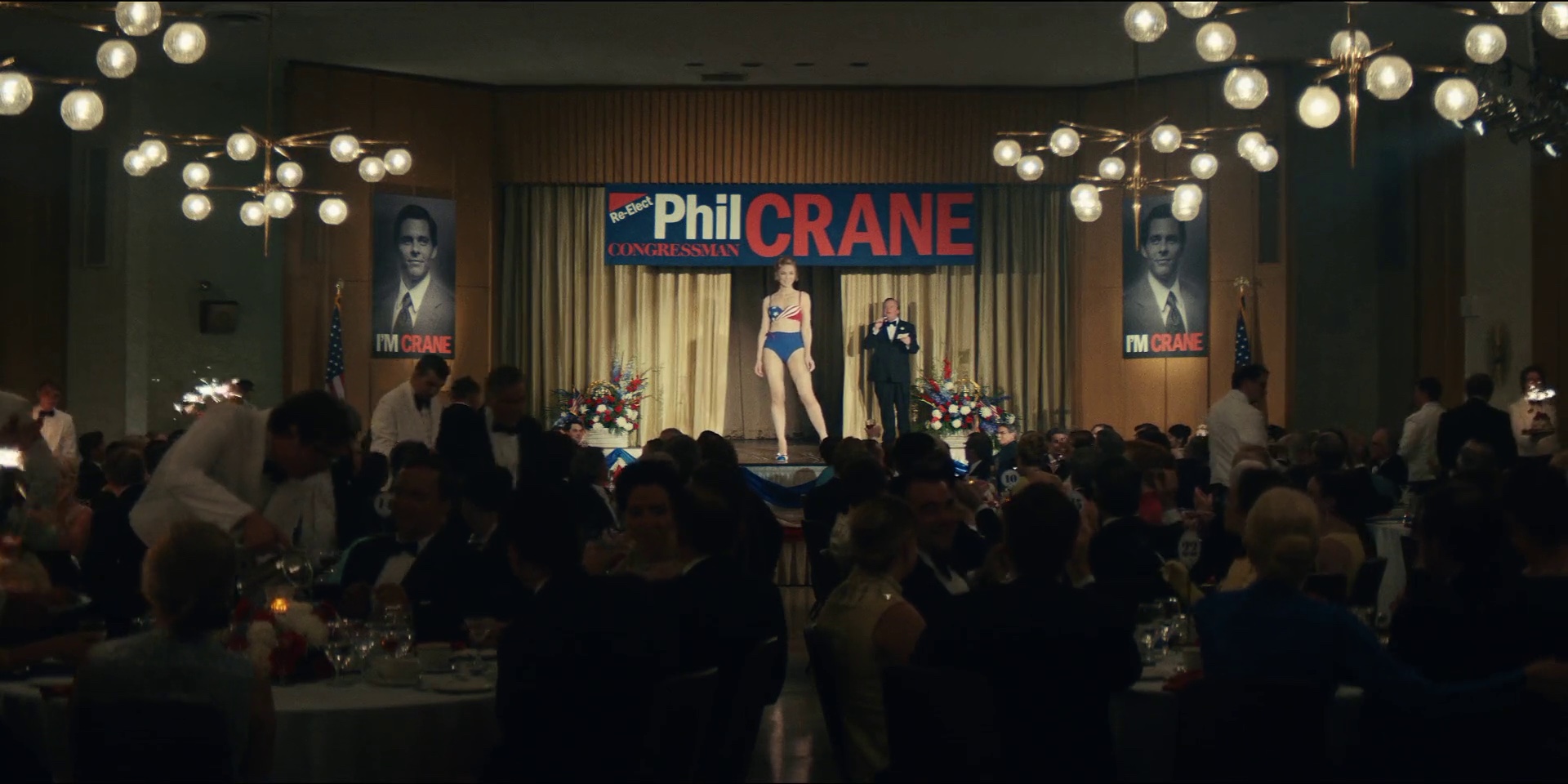
Production design of “Mrs. America” by Mara Lepere-Schloop.
Kirill: Comparing it to other art mediums, do you feel that there’s certain transient aspect to it? It’s captured by the camera and then is gone from the physical world. It only lives as a flat artifact on a DVD, or maybe even just zeroes and ones nowadays in the streaming world.
Mara: It’s funny. A lot of people ask me at the end of a project if I’m sad to see the sets go away, and the reality is I’m not at all. The only thing that I have to say I’m sad about is the waste involved. I wish that there were more comprehensive ways for us to reuse things, but the industry in the whole is getting better about that.
Beyond that, it’s a part of the magic. You are creating these spaces and these environments specifically for this one story. There’s something so just magical about that if you can get past the waste part [laughs]. I’ve been fortunate enough to work on a few different shows where we’ve built fairly large back lots. One of them was for “The Alienist” that we build in Budapest. At the time the show was potentially going to run for several seasons, and so the decision was made by the studio to invest in a 30-year engineering to support that backlot. That set is still standing, and people are constantly sending me photos from new movies and TV shows that have shot there. Over time it’s been slowly manipulated by different people, and there’s something really wonderful about that. It’s a large set that spans multiple city blocks and is several stories high. It’s great that that’s being reused. On the flip side, you have small, one-off sets that you build and when the show is over, they are gone. That temporal quality is part of the magic of making those things. It serves a singular purpose as an element of visual story-telling.
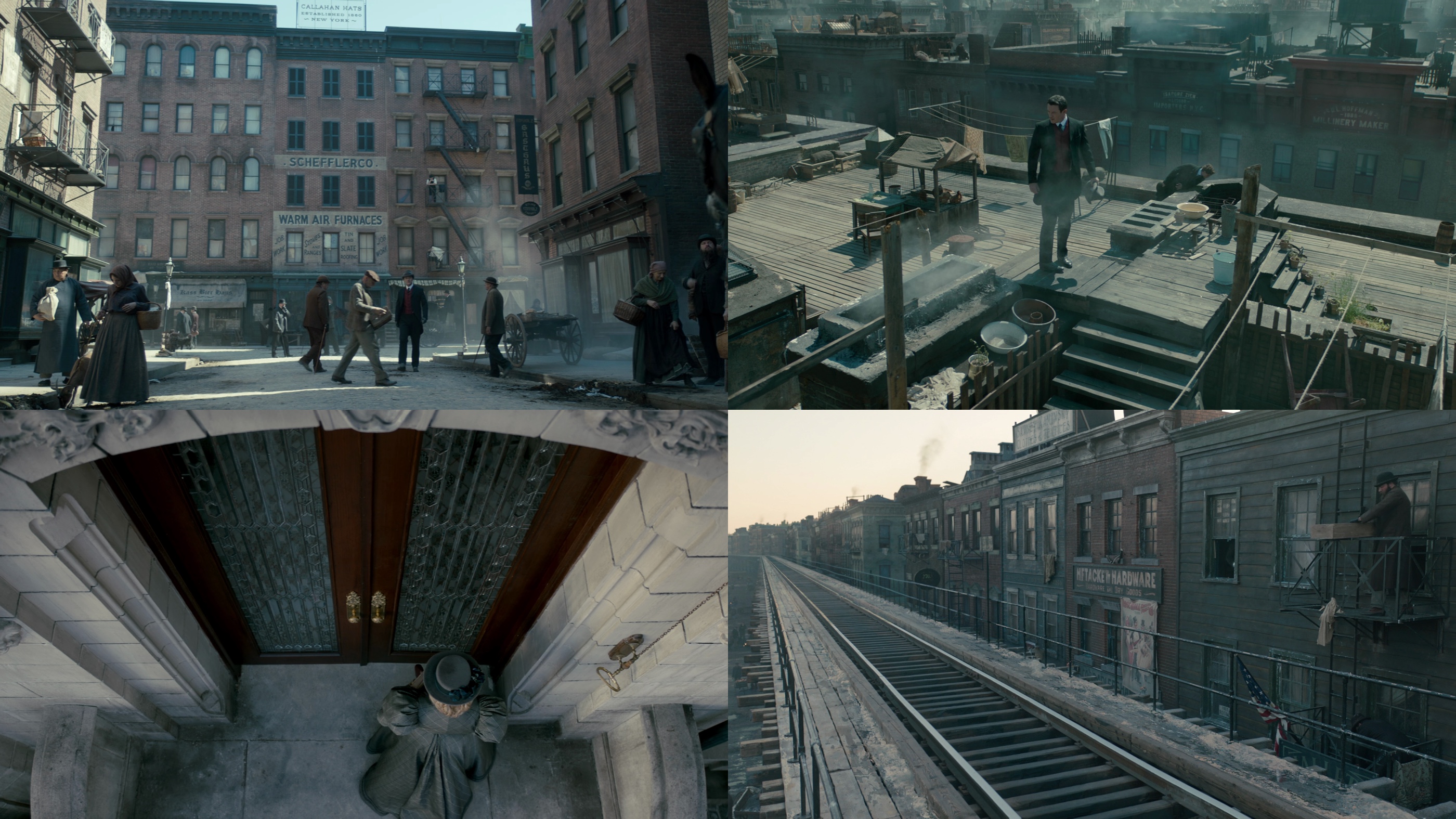
Production design of “The Alienist” by Mara Lepere-Schloop.
Continue reading »
Continuing the ongoing series of interviews with creative artists working on various aspects of movie and TV productions, it is my pleasure to welcome back Neil Patel. In this interview, he reflects back on the impact that Covid has had on the industry, the increasing level of expectations from episodic productions, dressing and layering spaces, and his love of storytelling. Between all these and more, Neil dives deep into his work on the recently released “Pretty Little Liars: Original Sin”, the inspirations and connections to seminal horror films of the ’70s, building out the sets and finding a fresh take on the high school world.
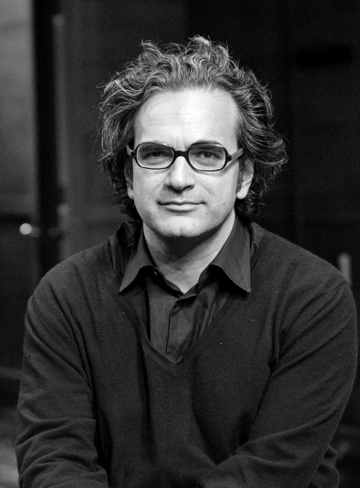 Kirill: We spoke early last year, and with everything that’s being going on it feels like much longer, to be honest. How have these last 18 months treated you?
Kirill: We spoke early last year, and with everything that’s being going on it feels like much longer, to be honest. How have these last 18 months treated you?
Neil: I’ve been fortunate enough to have been working all this time. In January 2021 when we last spoke none of us were vaccinated yet so the situation at work was precarious. In March I got vaccinated while I was working on Season 3 of “Dickinson”.
Things definitely changed once vaccines were made available. Many shows were delayed during 2020, lots of infections and chaos. We managed to produce the season and wrapped in June 2021, and I went straight to “Pretty Little Liars: Original Sin”. We had a brief moment of not wearing masks in the office last summer, and it felt like it was starting to get back to normal. Then the Delta variant happened, and the effects of the pandemic were always present throughout the shoot of the show. We had constant delays due to positive tests and added 5 weeks to our schedule.
I will say that things did get a little looser around capacities in sets. The show is about high school students, and we had big scenes with sometimes hundreds of people in the same space, and that would never be allowed 9 months earlier. We were doing a bar scene in Season 3 of “Dickinson”, and we were only allowed to have 20 people on the set, while it should have looked like it had 80. That one was tricky to shoot. So that aspect definitely changed towards the summer of 2021. I think that the looser rules led to some of the infections but fortunately no one got seriously ill and we were able to make the show the way we wanted to.
From there I went to my current project in South Africa, a Showtime series about Shaka Zulu. It’s pretty different from “Pretty Little Liars”, as it’s set in 18th century pre-colonial Africa. We’re still testing once a week. We’re not wearing masks. There are very few infections here, far fewer than in the United States. We still use hand sanitizer and occasionally wear a mask, but it’s definitely changed.
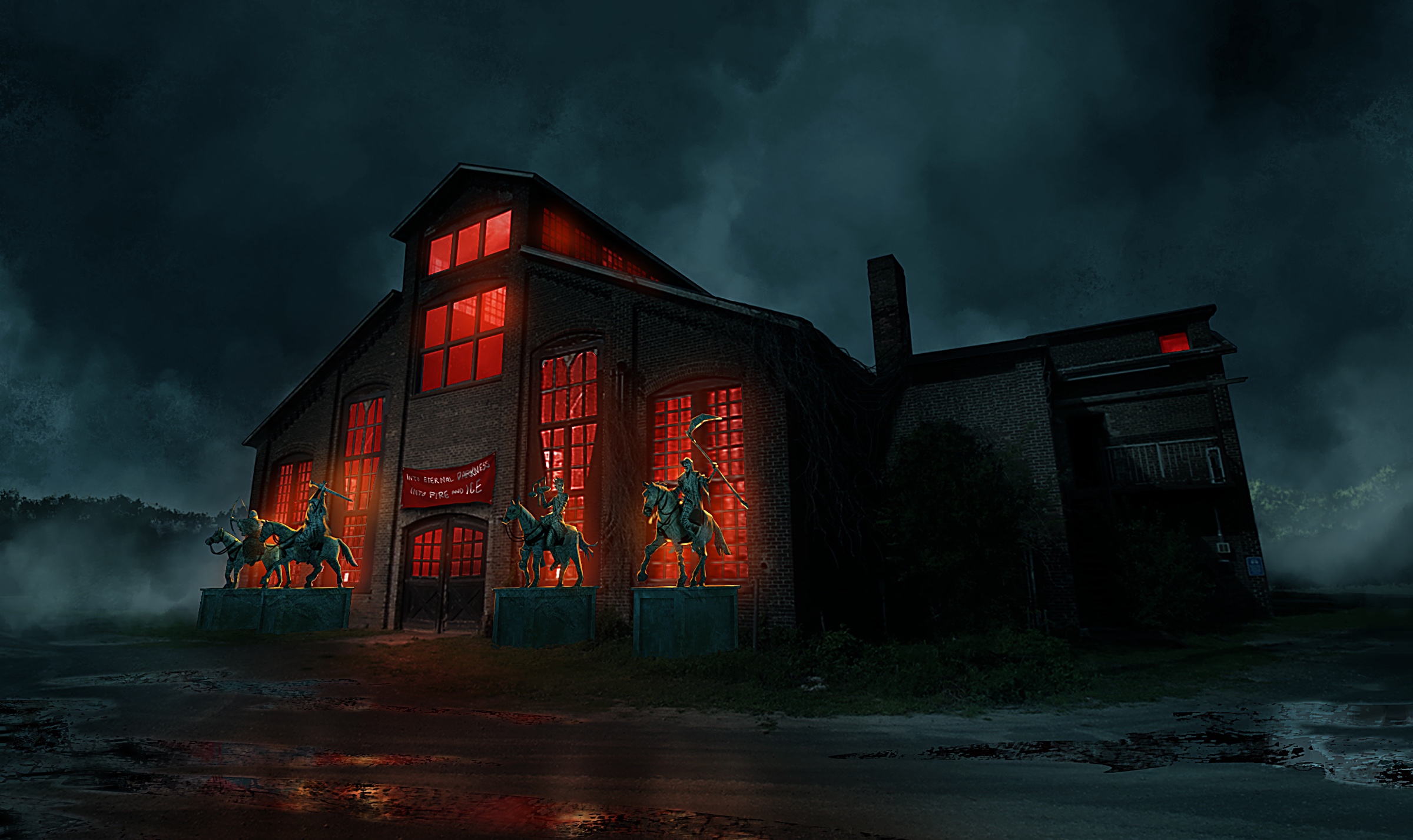
Concept rendering for the rave warehouse on “Pretty Little Liars: Original Sin”, courtesy of Neil Patel.
Kirill: Does it feel like it’s almost back to normal in terms of how the set operates, the pace and the intensity of it, the expectations from the production side of things?
Neil: Certainly. It’s busy here, but it’s not a place that I’m familiar with so I don’t know how it compares to pre covid times, but I know that in New York it’s very busy right now. It’s very hard to crew up productions because everybody’s working. It’s back to normal in terms of capacity but it doesn’t feel back to normal because nothing really feels “back to normal.” The world has changed.
One thing that I do enjoy on my current production is scouting in a foreign country. It’s nice to be back in a scouting van. The unstructured collaboration time is very important and fruitful time in my view. Being in a van with the director, the cinematographer and the producer allows you to have those spontaneous conversations that are sometimes more important than ones that happen in meetings. That was something that was very much missing during the height of Covid lockdowns. We were separated, and we didn’t have that unstructured time together. Creatively, it’s feeling to me more back to normal, because we had our hands tied for a long time. That’s a positive thing.
Kirill: Did you get any time to look around and see what productions other people have been working on?
Neil: I went straight from production to production, so I haven’t really seen other productions. We wrapped “Pretty Little Liars: Original Sin”, and then I worked remotely on King Shaka for a few weeks before hopping on a plane to come down here to scout.
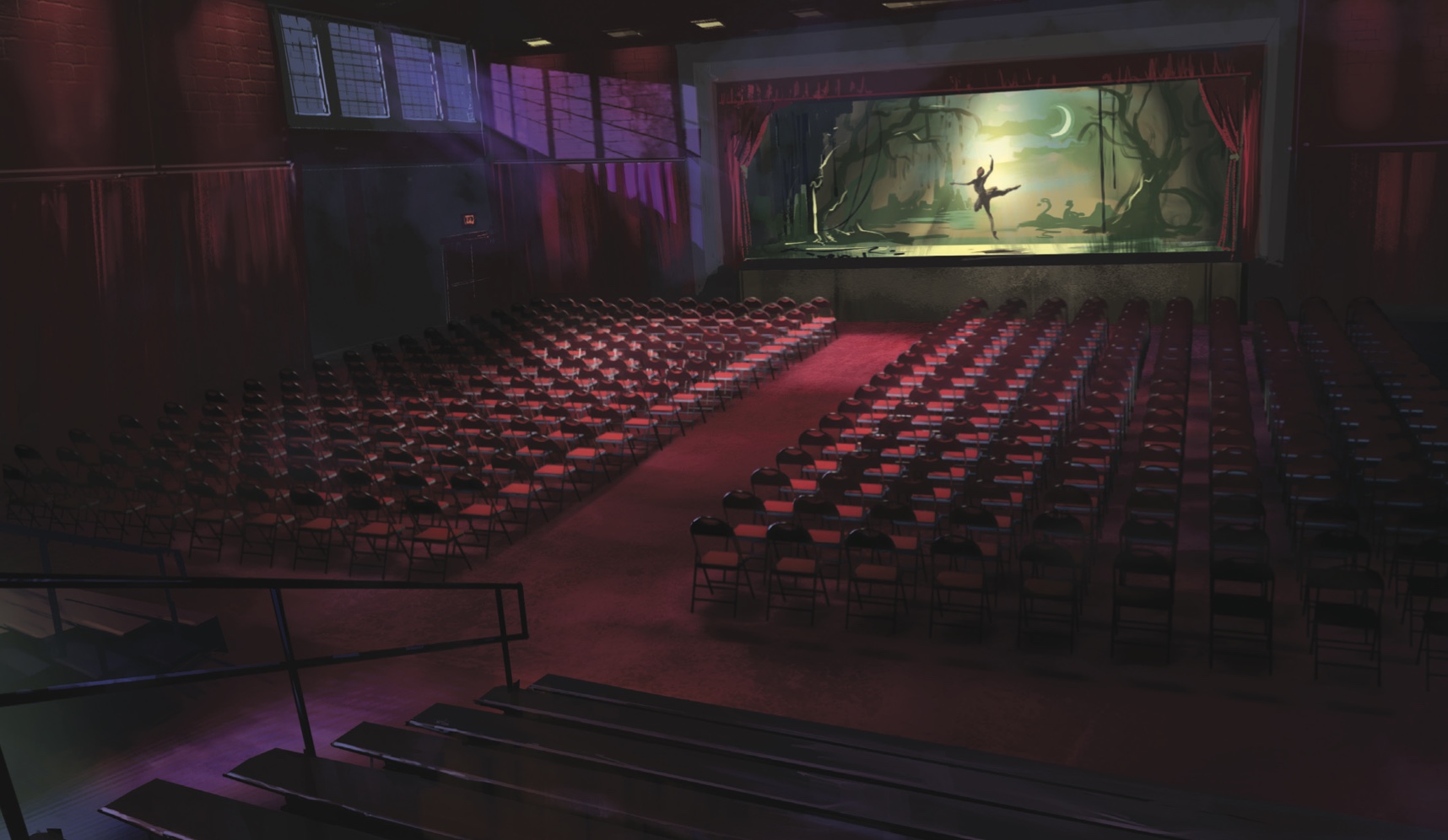
Concept rendering for the “Swan Lake” practice on “Pretty Little Liars: Original Sin”, courtesy of Neil Patel.
Continue reading »
![]()
![]()